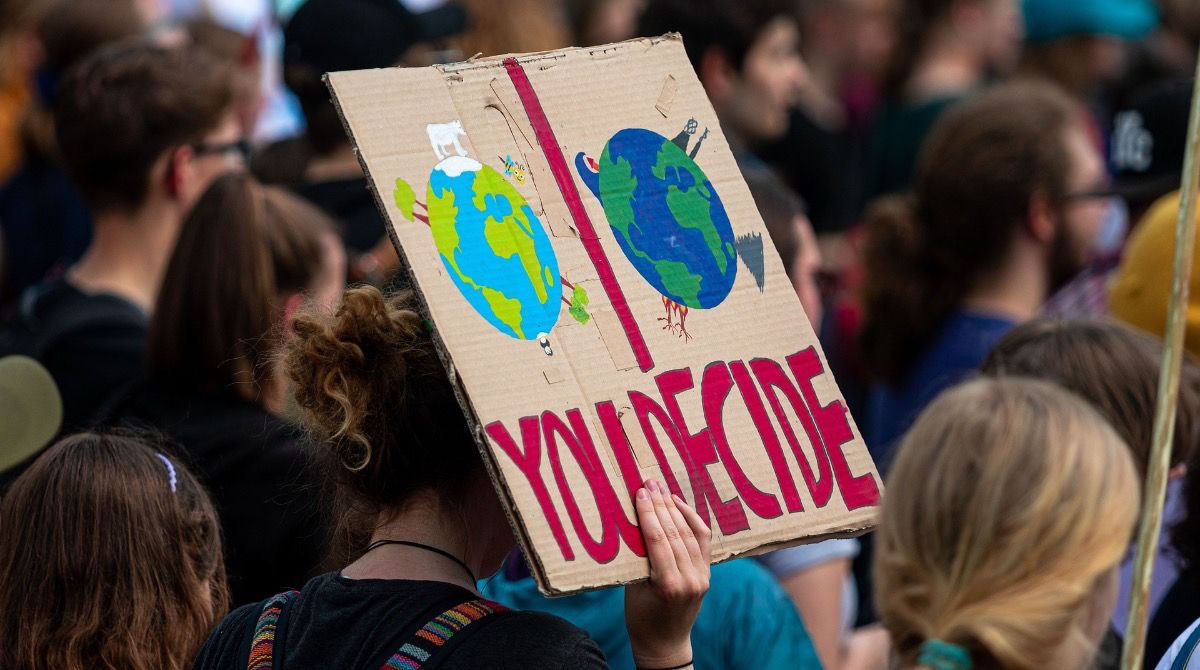BUFFALO, N.Y. — When you first find out you’re going to become a parent, you spend the next nine months preparing, planning and educating yourself on taking care of a tiny, fragile human.
You dream about what your little bundle of joy will look like, what books you might read, all the things you cannot wait to teach them. It’s a beautiful time.
What You Need To Know
- Advice parent to parent on having a conversation with your kids on race, is to educate yourself
- Find books with characters of color triumphing
- Look for TV shows that show multiculturalism as well
- Make a conscious effort to befriend someone who might otherwise not
Then reality sets in, and tragedies like the Buffalo mass shooting at Tops take place. You find yourself trying to find the right words, and time to start or continue that heavy and in some cases uncomfortable conversation on race.
Anthony Armstrong and Chuki Naylor agreed to sit down with me and share their experiences parent to parent.
For Armstrong, it’s never been just a conversation with his 13 and 9-year-old sons. Instead, it’s been a series of lessons that present themselves in day-to-day life.
“It’s also making sure that questions aren’t taboo,” Armstrong said. “It’s making sure we are able to talk about it, and that if there are things that come up that they don’t understand, or they are curious about they can ask those. If we don’t know the answer, we are upfront about that.”
It offers a family learning experience. But Armstrong says for White parents in particular, the first step is to educate themselves.
“I learned a story growing up in school about race in America that had the five parts,” Armstrong said. “We had slavery, Abraham Lincoln freed the slaves, we had to drink from separate water fountains, MLK made a speech and now everything is cool. It was this very oversimplified version.”
Naylor echoes it is extremely important you educate yourself, and also make a conscious effort to befriend someone who might otherwise not. Your kids, in turn, will do the same.
“What happens is you find out that we are more alike than different,” Naylor said. “We all want safety for our children, we all struggle to keep your house clean, and there are always more socks to fold!”
Armstrong and his wife also take time to "interrupt and identify" what they see as segregation, racial discrimination or inequity in books, movies, TV and reality.
“Being willing and able to sort of pause the TV, stop reading that book for a second and call it out,” Armstrong said.
And then making sure those books, and shows are showing forms of multiculturalism.
“And making sure that those stories our kids hear about, people who are Black, brown, Latino, etc. aren’t all about struggle,” Armstrong said. “That they get to see kids being kids, they get to see people who are successful.”
Not dimming someone’s light as Naylor teaches her two boys, ages 25 and 13.
“Now, if and when you encounter someone who decides simply because of the color of your skin that you are bad, what you must do is offer them an opportunity to see good in the world,” Naylor said.
Naylor’s talk with her eldest son, like Armstrong’s, was initiated by an event.
“He wanted to hang out with some friends and he didn’t understand why his friends would never invite him over to their home,” Naylor said.
Her son was just six.
“Initially my thought was to ignore it, you know mom might be busy, they have a different family, you know all of that,” Naylor said. “But then it became glaring.”
Her next step was simple, keep his light bright.
“If they don’t want to have to the fullness of what comes in being in a friendship, in a more intimate relationship with you, it’s their loss,” Naylor said.
Never change for anyone, and love who you are. That’s been a key part of her conversations with her second son, who is on the autism spectrum. “It’s a little challenging to find ways for him to be included without him feeling like he is excluded because he is aware that there are differences between himself and others,” Naylor said.
Driving was a whole other conversation.
“He works second shift, and I don’t want to go to sleep until I hear the door turn,” Naylor said.
She adds if you get that gut feeling of being uncomfortable in any conversation, you’re doing something right.
“Stop saying you don’t see color,” Naylor said. “Stop saying it, because in the winter, I am three shades lighter.”
Armstrong says empathy is key no matter what age you are.
“When people of color are talking listen to their perspective and experiences,” Armstrong said. “Even if they are not lining up with yours. I think we have to be open to questioning some of the assumptions we have.”
To see part two of this story, click here.










